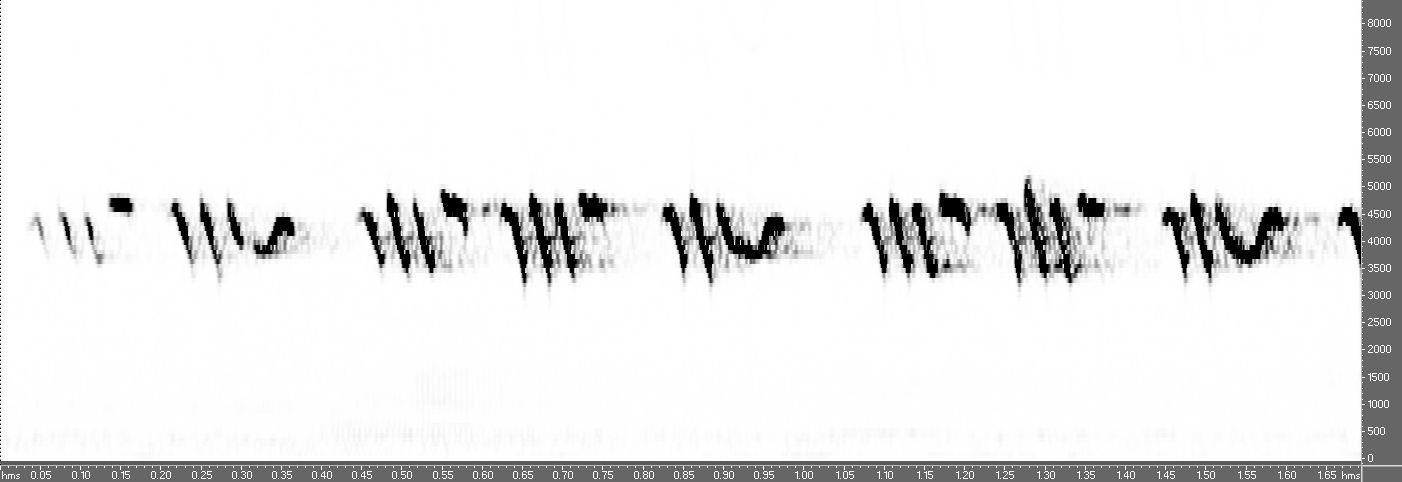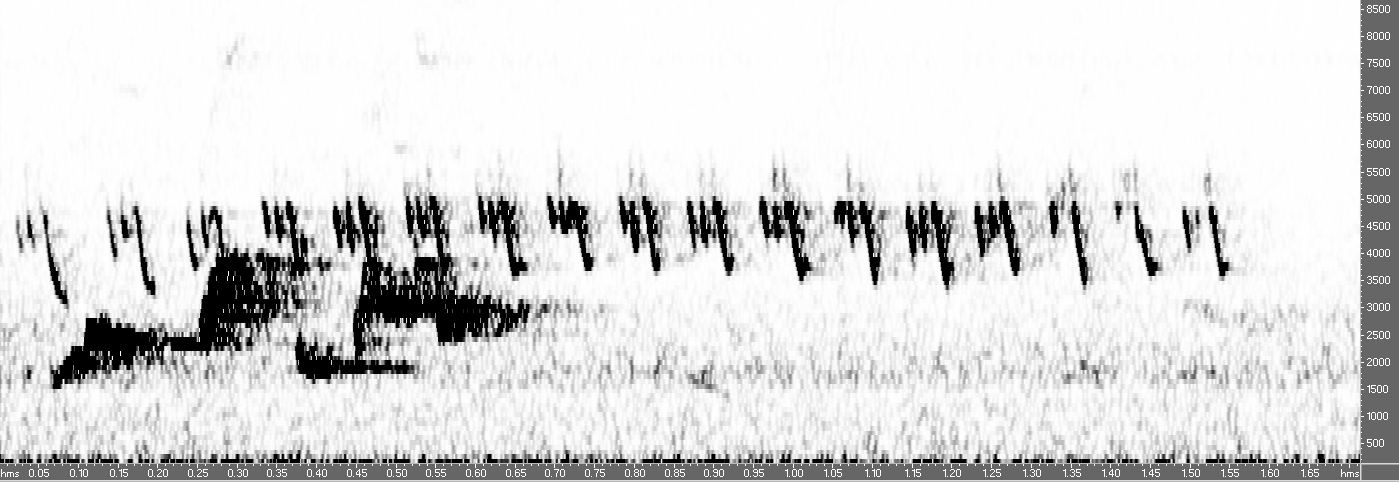Alström et al 2011, The Arctic Warbler Phylloscopus borealis – three anciently separated cryptic species revealed, Ibis (2011), 153, 395–410:
about the song of examinandus:
"It was easily distinguishable from the songs of borealis and kennicotti by the pumping rhythm, which resulted from the presence of usually two different syllable types (A and B) arranged in phrases (usually AAB)"
and about the song of xanthodryas:
"The song resembled that of examinandus, but generally sounded slower, lower-pitched and less sharp and harsh, and the rhythm was clearly different as a result of additional A syllables (e.g. AAAB), or the presence of more than two syllable types in the phrases"
So the main distinction between songs of borealis and examinandus/xanthodryas seems to be that borealis has only one type of syllable in its song, the other two have two or more types.
Song 1. Borealis. Bolshoye Betyu, Komi Republic, Russia 23 June 2006.
Note the syllable structure AAAAA...
Song 2. Xanthodryas. the first song example of Per Alström's web page ("semi-randomly" 1,7 sec of the recording). The syllable structure is AAAABAAB
Song 3. The Po Toi bird. The syllable structure is again AAAAA...
Note also how much faster the Russian and Po Toi birds are (15 and 17 syllables respectively in 1,7 secs) compared to the xanthodryas example with 8 syllables
It should be remembered that the migrants in the earlier stages of spring migration quite often do not sing full songs (their songs are softer than full territorial songs, not fully crystallized). Very good examples in Hong Kong are the singing Dusky Warblers, which have a variable but generally clearly different song compared to Siberian ones. In this case the main distinction seemed to be that the Po Toi bird sang very quietly.
Attachment
-
 Kuva 1.JPG
(67.25 KB)
Kuva 1.JPG
(67.25 KB)
-
1/05/2012 14:43

-
 kuva2.JPG
(63.41 KB)
kuva2.JPG
(63.41 KB)
-
1/05/2012 14:43

-
 kuva3.JPG
(112.44 KB)
kuva3.JPG
(112.44 KB)
-
1/05/2012 14:43



